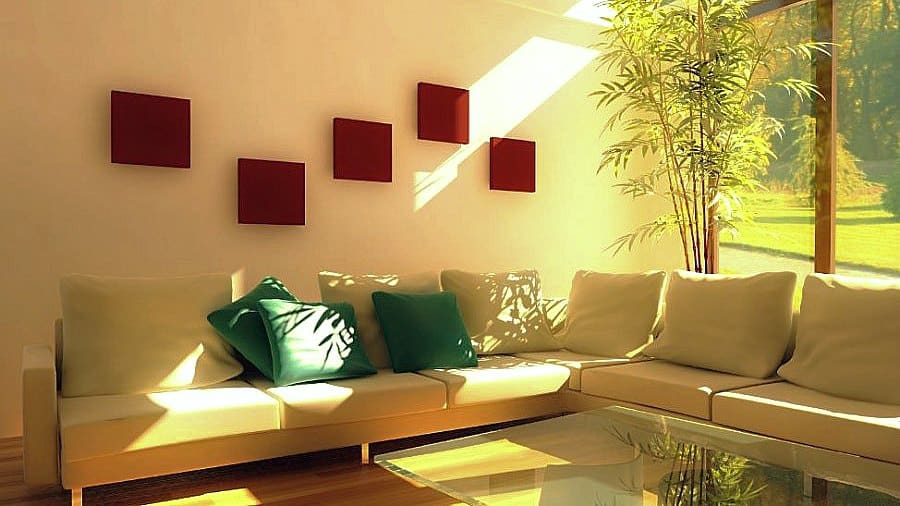When it comes to home decoration, we are faced with choices that go beyond design trends to touch on our emotional well-being. The selection of colors, textures, and furniture is not merely a matter of personal taste but an opportunity to positively influence our mood and quality of life.
Keys to Mood-Enhancing Decoration
Striking a balance between aesthetics and practicality emerges as a core principle in interior decorating. Harmony is achieved not only through visual cohesion but also by choosing furniture and objects that meet our real needs.
A space should neither feel overloaded nor empty; each element must serve a purpose, fostering a natural flow and avoiding feelings of claustrophobia or desolation. Functionality merges with design when every chosen piece enhances life quality without sacrificing aesthetics.
The color palette of a home can be as influential as the light that fills each room. Warm and vibrant colors can inject energy and optimism, while soft and cool tones promote calm and reflection.
Texture adds another layer to this interplay, with natural materials bringing warmth and comfort. The deliberate choice of colors and textures is a powerful tool in shaping a home’s ambiance, creating spaces that reflect and support the desired mood.
Each decision, from selecting a sofa to choosing wall colors, contributes to creating an environment that fosters well-being. By prioritizing both functionality and aesthetics, a home becomes not just a place to live but a space to emotionally thrive.
Transformative Elements in Home Decor
Incorporating natural elements into the home is an effective strategy for enhancing both ambiance and mood. Plants, in particular, are powerful allies in this regard. They not only purify the air but also add life and color to spaces, creating a tranquility oasis.
Caring for them can become a relaxing and rewarding activity, connecting us with the natural rhythm of life. Flowers and plants are not merely decorative; they are calm centers reminding us of the beauty of simplicity and life.
Space distribution is another critical aspect in creating a harmonious home. Clearly differentiating areas for work and rest is vital for emotional balance.
A well-organized workspace fosters concentration and productivity, while a rest area, free from work distractions, promotes relaxation and recovery. This physical separation helps establish healthy boundaries between different life facets, contributing to a more balanced and less stressful routine.
Decorating our home should reflect our quest for well-being and balance. By carefully choosing each element, from the plants surrounding us to our spaces’ layout, we take significant steps toward creating an environment that is not only aesthetically pleasing but also emotionally nourishing.
Creating Spaces That Inspire
At the end of the decoration process, the outcome transcends a collection of beautifully adorned rooms. What emerges is an environment that enhances well-being, reflects the inhabitants’ identity, and fosters a balanced lifestyle. This conscious approach to decoration turns the home into a space not just to inhabit but to fully live in.
The key lies in integrating functionality, aesthetics, and emotional well-being into every decision made. From the careful selection of colors and textures to the incorporation of natural elements and the definition of spaces, each aspect plays a crucial role in creating a home that inspires and welcomes.
Thus, the home becomes a personal sanctuary, a refuge that supports and enriches daily life. It’s a place where each element contributes to an atmosphere of peace and harmony, allowing those who live there to flourish in all aspects of their life.
Ultimately, conscious decoration is a journey toward creating spaces that are not only visually appealing but also resonate with our emotional and spiritual needs. It’s a holistic approach that enriches our home experience, transforming it into a source of comfort, inspiration, and balance.





